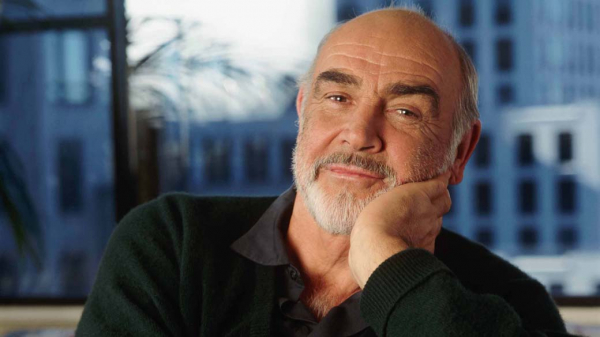Sean is forever
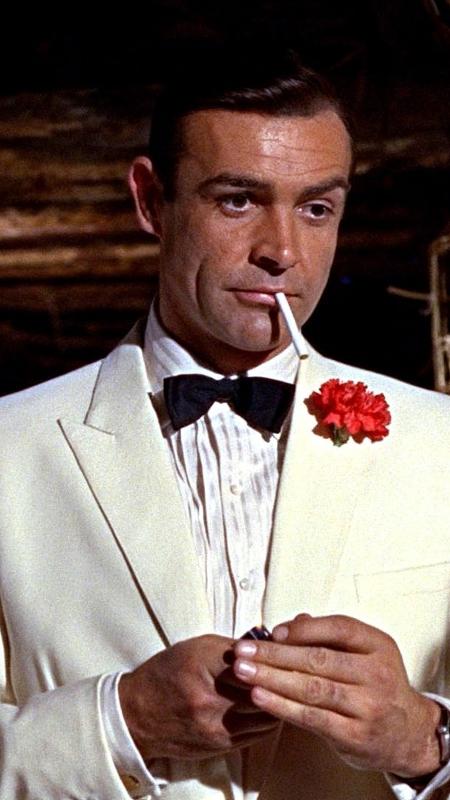
I believe that few people in the artistic world can reach the admiration and charisma that Scottish actor Sean Connery has achieved. Sean’s star faded quietly on October 31 in the Bahamas, at the age of 90. Although he has played countless characters in cinema, he will always be remembered as the first James Bond.
Connery had been participating in smaller films since 1955, even in a supporting role in a Tarzan movie, but his great opportunity came with “Dr. No” (USA, 1962). In this film, for the first time the British spy James Bond was presented, at that time already famous for the books of his creator, Ian Fleming.
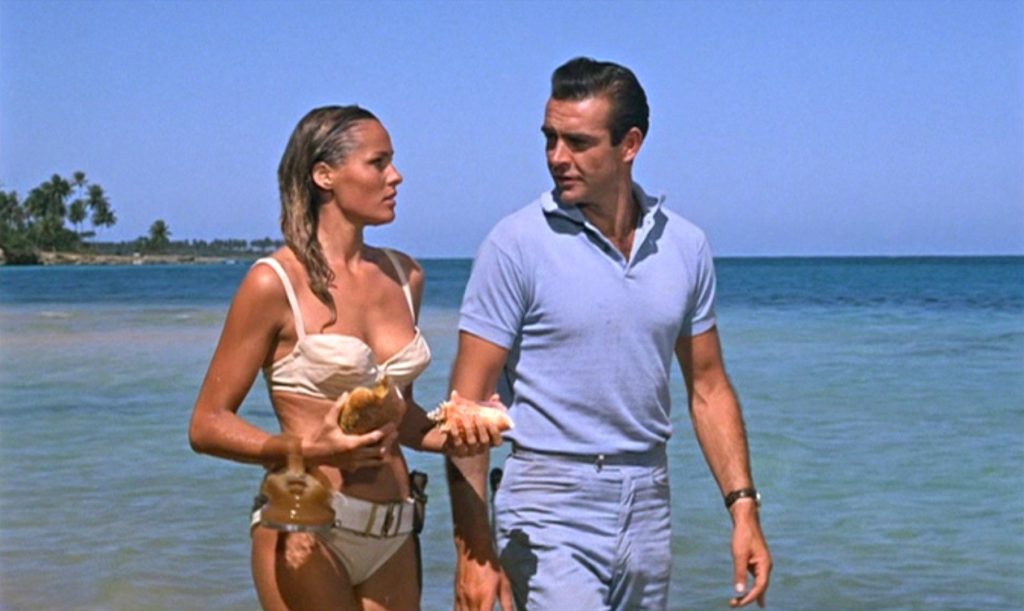
The film arrived in my city a few years after the premiere – at that time, it took years for a title to circulate around the country, starting with the big centers and being passed on according to the city’s importance.
I remember that due to the title in portuguease, I was almost forbidden to see the film. My grandmother, a strict Catholic, was frightened by the term “satanic”, but my mother intervened and said it was a normal spy movie. Of course, like most boys at the time, I was more impressed by the beauty of Ursula Andress than the feats of 007, but the impact was very great.
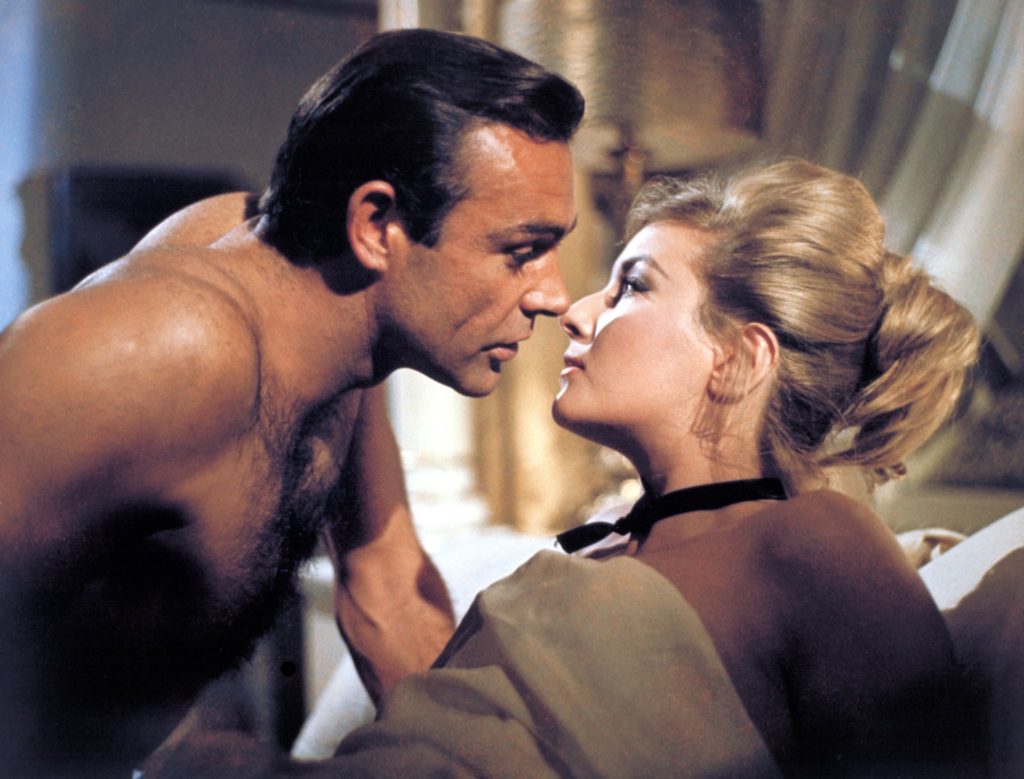
Due to this and the 007 films that followed, there was a fever in everything related to the character. Long before the studios realized that they could make a lot of money from merchandising, many products with the James Bond brand were already being sold. It is no wonder that the executive bag to this day has the nickname “007 bag”, after a model was used in the second film in the series, “From Russia With Love” (USA, 1963).
Sean would reincarnate the character in “Goldfinger” (USA, 1964), “Thunderball” (USA, 1965), “You Only Live Twice” (USA, 1967), “Diamonds Are Forever” (USA, 1971) and “Never Say Never Again” (USA, 1983).

After watching the first two films, I looked for Fleming’s books, and immediately realized that Connery had been chosen because he was the image of the literary character. Because of that, I was never able to accept the actors who played the character afterwards: George Lazemby, Roger Moore, Tomothy Dalton and Pierce Brosnan. For me, none of them had the “seriousness” of the character in the books. With Daniel Craig, I felt a reboot in the series, with a more physical 007 and less user of trinkets.
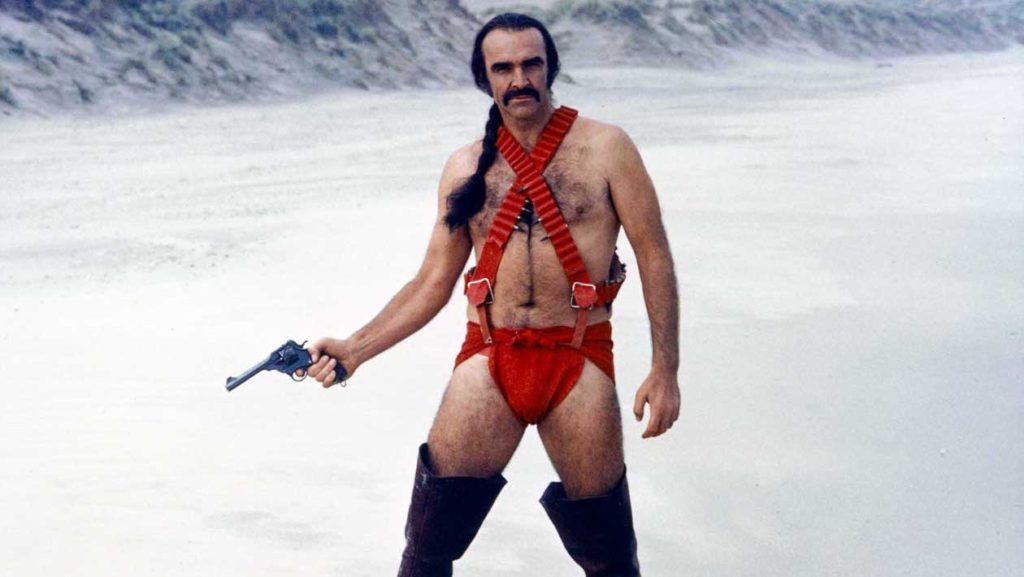
But Connery never settled for the role of James Bond. Between one 007 movie and another, he made films with Alfred Hitchcock, “Marnie” (USA, 1964), a western with Brigitte Bardot, “Shalako” (USA, 1968), lived the Norwegian explorer Roald Amundsen in “The Red Tent” (“Krasnaya palatka”, ITA, 1969), the science fiction “Zardoz” (USA, 1974) and many others.
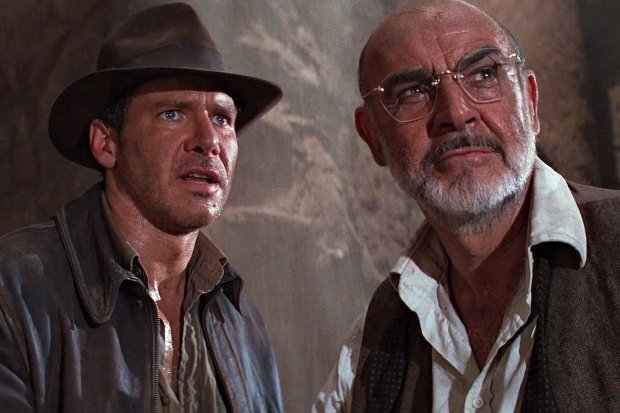
Connery’s versatility and acting ability only seemed to improve with the actor’s maturity. Some of his most memorable roles were in the 1980s and 90s: “The Name of the Rose” (“Der Name der Rose”, ALE, 1986), “The Untouchables” (USA, 1987), “Indiana Jones and the Last Crusade” (USA, 1989) and “The Hunt for Red October” (USA, 1990).

His last performance as a protagonist in a feature film was in “The League of Extraordinary Gentlemen” (USA, 2003), in the role of adventurer Allan Quatermain.
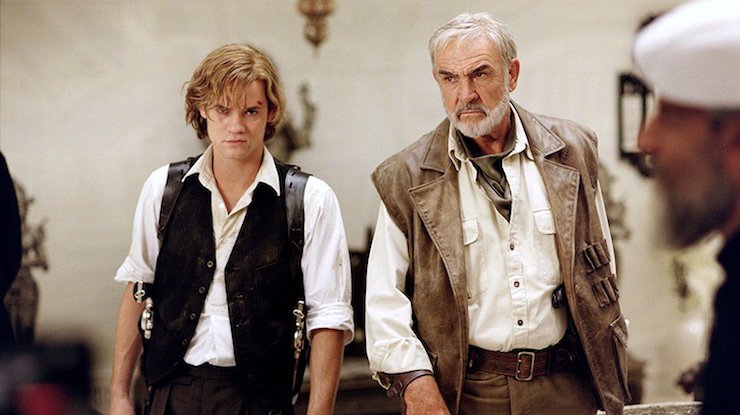
And in proof that life often imitates art, after Connery’s death, a photo of him with Masonic symbols circulated on social media, as if he had been a Mason. In fact, the photo was from the film “The Man Who Would Be King” (UK / USA, 1975), where he plays a Mason and arrives in a distant country where the inhabitants worshiped a symbol with the square and compass.
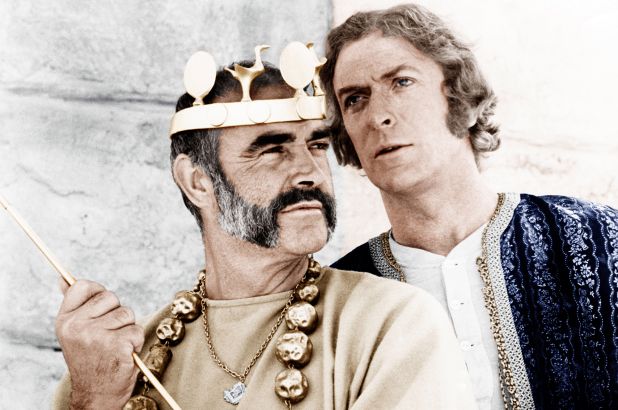
Connery was widely criticized for having issued sexist statements on several occasions. It is worth remembering that he came from a time when this was the predominant culture, very different from our ideal of gender equality.

